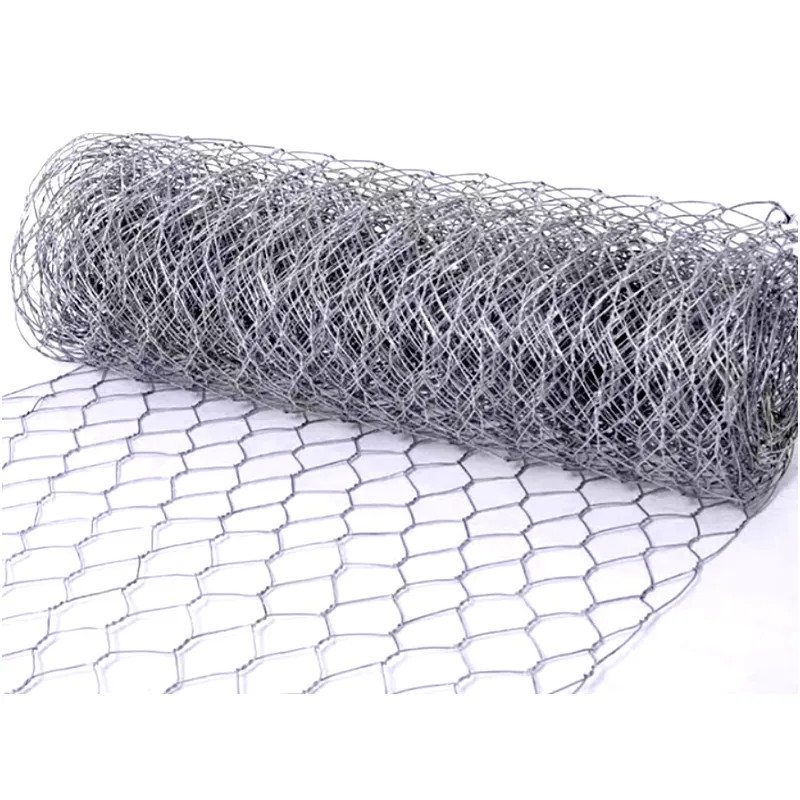-
 Phone:
Phone: -
 Email:
Email:

Effective Strategies to Mitigate the Risk of Rock Falls in Vulnerable Areas and Environments
How to Prevent Rock Falls Essential Measures for Safety
Rock falls pose significant hazards in hilly and mountainous regions, threatening both lives and infrastructure. The abrupt detachment of rocks from cliffs and slopes can occur due to various natural and anthropogenic factors. To mitigate these risks, it is essential to implement preventive measures that ensure the safety of people and property in susceptible areas.
Understanding the Causes of Rock Falls
To effectively prevent rock falls, it is crucial to understand their underlying causes. Common triggers include weather conditions, geological factors, and human activities. Heavy rainfall can saturate rock surfaces, increasing the weight and causing rocks to dislodge. Freeze-thaw cycles can weaken rock structures, while earthquakes can disrupt geological stability. Human activities, such as construction, mining, and even vehicular traffic in steep areas, can exacerbate these risks.
Regular Geological Assessments
One of the most effective preventative measures is conducting regular geological assessments of areas prone to rock falls. Engaging geotechnical engineers to evaluate rock stability and soil conditions can identify risk factors before they become critical. These assessments can inform decision-making regarding land use, construction, and tourism activities in sensitive regions. Furthermore, monitoring techniques such as laser scanning and photogrammetry can provide real-time data on changes in rock formations, alerting stakeholders to potential hazards.
Engineering Solutions
Implementing engineering solutions is vital in protecting infrastructure and people from rock falls. Effective measures include
1. Rock Netting Installing wire mesh or netting on cliff faces can catch loose rocks and prevent them from falling. This method is especially useful in steep terrains where traditional barriers may be impractical.
how to prevent rock falls

2. Rock Bolting In situations where rock mass stability is questionable, rock bolts can be utilized to anchor unstable blocks to the surrounding rock. This method significantly reduces the likelihood of rock falls.
3. Catchment Ditches Constructing ditches at the base of slopes can help redirect falling debris and prevent it from reaching roadways and populated areas.
4. Stabilization Walls Building retaining walls can act as a barrier against falling rocks, thus protecting roads and structures located in rock fall-prone areas.
Vegetation as a Natural Barrier
Another effective strategy for preventing rock falls involves promoting vegetation growth in vulnerable slopes. Roots from trees and plants stabilize soil and rock, reducing erosion and the chances of rock dislodgment. In addition, vegetation can absorb water, thereby regulating soil moisture and preventing saturation-induced failures. Planting native species that are suited to the local environment can further enhance slope stability.
Public Awareness and Emergency Preparedness
Beyond physical measures, public awareness and emergency preparedness play a crucial role in reducing harm from rock falls. Communities in at-risk areas should be provided with information about rock fall risks and safety measures. Creating clear evacuation plans and regular drills can significantly enhance readiness in case of a rock fall incident. Moreover, maintaining open communication channels for reporting any signs of potential rock instability can help authorities act swiftly.
Conclusion
Preventing rock falls requires a comprehensive approach that combines engineering solutions, geological assessments, natural methods, and public engagement. As climate change potentially intensifies weather patterns, the importance of addressing rock fall risks is more relevant than ever. By prioritizing safety measures and investing in preventive strategies, we can protect lives and infrastructure against the threats posed by rock falls.
-
Wire Mesh for Every Need: A Practical SolutionNewsJul.25,2025
-
Steel Fences: Durable, Secure, and Stylish OptionsNewsJul.25,2025
-
Roll Top Fencing: A Smart Solution for Safety and SecurityNewsJul.25,2025
-
Cattle Farm Fencing Solutions for Maximum SecurityNewsJul.25,2025
-
Affordable Iron Binding Wire SolutionsNewsJul.25,2025
-
Affordable Galvanized Wire SolutionsNewsJul.25,2025
-
Wire Hanger Recycling IdeasNewsJul.25,2025








